Flu Vaccine Effectiveness Calculator
Calculate Vaccine Effectiveness
Enter your vaccine type and estimated strain match to see how well protection might work.
Estimated Protection
65%Based on vaccine type and strain match. More info
Key factors:
When you hear the word "flu," you probably picture a nasty fever, body aches, and a few days on the couch. But behind those everyday symptoms lies a massive scientific effort. Influenza virus is a highly mutable respiratory pathogen that causes seasonal epidemics and occasional pandemics. Researchers are racing to outsmart it, and flu research has never been more urgent.
Why the virus keeps changing
The flu’s biggest trick is its ability to reshuffle its genetic code. Two processes drive this: antigenic drift, a slow accumulation of mutations in the hemagglutinin (HA) and neuraminidase (NA) surface proteins, and antigenic shift, a sudden jump when two different influenza strains swap gene segments.
Antigenic drift explains why we get a new flu shot every year. Even a single change in HA can make existing antibodies less effective. Antigenic shift, on the other hand, is responsible for historic pandemics like the 1918 Spanish flu and the 2009 H1N1 outbreak.
Understanding these mechanisms is the first step in designing smarter defenses.
Current state of flu vaccines
Traditional flu shots rely on egg‑based production. The virus is grown in chicken eggs, harvested, and inactivated. While reliable, this method has three drawbacks: long manufacturing time, limited scalability, and the risk of egg‑adapted mutations that further reduce vaccine match.
A newer player, the Flu vaccine a preventive injection that triggers the immune system to recognize influenza virus proteins, is cell‑based manufacturing. Here, the virus grows in mammalian cell lines, shortening lead time and avoiding egg‑related changes.
But the biggest leap arrived with messenger RNA (mRNA) technology. The COVID‑19 pandemic proved that mRNA platforms can be designed, produced, and authorized within months. Companies are now applying the same speed to flu, hoping to match the virus’s rapid evolution.
Emerging technologies reshaping flu research
- mRNA platforms: Encode HA and NA proteins directly, allowing rapid updates when new strains emerge.
- Nanoparticle vaccines: Present multiple HA variants on a single particle to broaden immune coverage.
- CRISPR‑based antivirals: Use gene‑editing tools to target viral RNA inside infected cells, potentially stopping replication early.
- Artificial intelligence: Machine‑learning models forecast which strains will dominate the upcoming season, improving vaccine strain selection.
- RNA sequencing: Real‑time sequencing of circulating viruses feeds AI forecasts, creating a feedback loop.
Each of these tools tackles a different weak spot in the current system-speed, breadth, or precision.
Universal flu vaccine: The holy grail
A universal flu vaccine would protect against all influenza A subtypes and, ideally, influenza B as well. Researchers focus on conserved regions of the virus, such as the stalk of the HA protein, which changes far less than the head.
Promising candidates include:
- Head‑removed HA stalk vaccines using viral vectors.
- mRNA cocktails that encode multiple conserved HA stalks.
- Multi‑epitope nanoparticle constructs presenting both HA stalk and NA domains.
Early‑phase trials in 2023‑2024 showed broader antibody responses and longer durability, but large‑scale efficacy data are still pending.
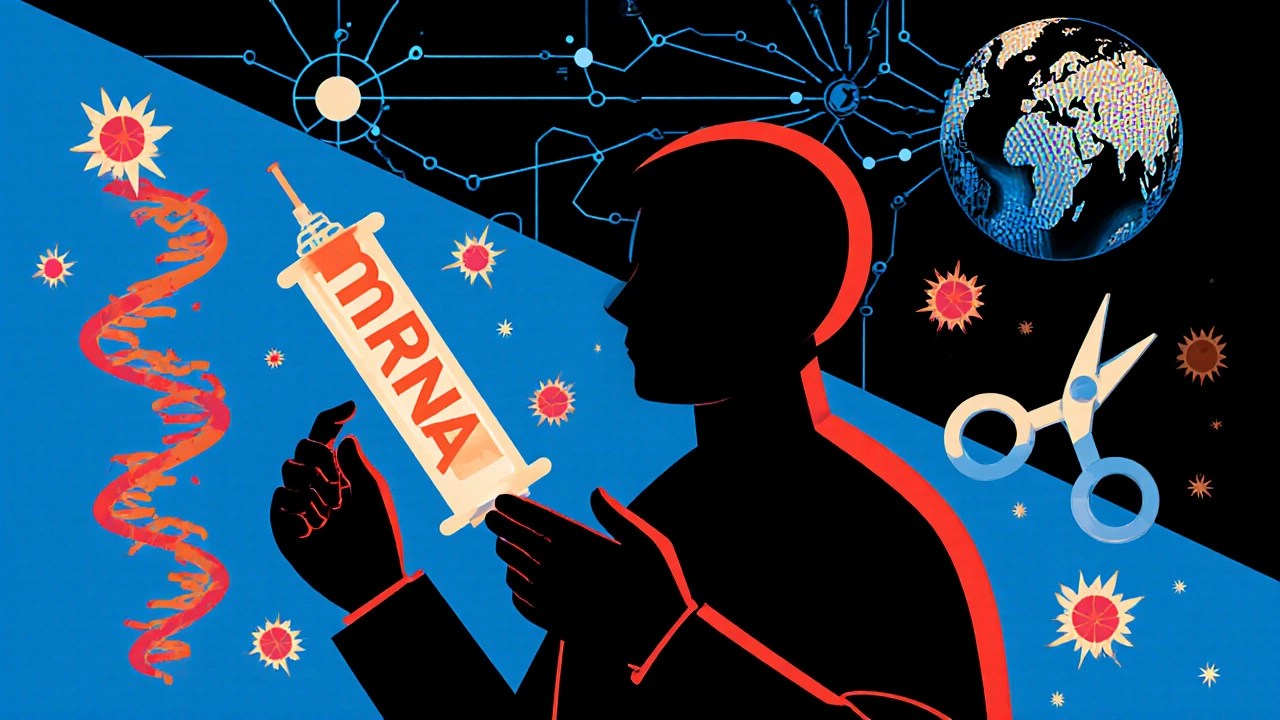
Global surveillance and data sharing
The World Health Organization (WHO) runs the Global Influenza Surveillance and Response System (GISRS), a network of 150+ labs that collect thousands of samples each year. The Centers for Disease Control and Prevention (CDC) in the United States adds another layer of real‑time reporting.
Recent upgrades integrate AI analysis of sequencing data, flagging potential drift events weeks before they become widespread. Faster detection means vaccine manufacturers can adjust strain composition earlier, shaving days off the already tight production schedule.
Funding, policy, and pandemic preparedness
COVID‑19 showed that funding surges can accelerate vaccine platforms dramatically. In 2024, the U.S. government allocated $1.2 billion to next‑generation flu vaccine research, while the European Union pledged €800 million for pan‑influenza initiatives.
Policy makers are also revisiting stockpiling strategies. Instead of holding static, seasonal doses, they are considering flexible contracts with manufacturers that allow rapid scale‑up of updated mRNA vaccines when needed.
What’s on the horizon for the next decade?
- Fully interchangeable mRNA flu shots that can be administered together with COVID‑19 boosters.
- AI‑driven global dashboards that predict regional strain dominance in real time.
- CRISPR‑based prophylactic inhalers that could be used during early outbreak phases.
- Commercially viable universal vaccines targeting HA stalk and NA conserved sites.
If these trends hold, the next flu season might look more like a routine vaccination update rather than a race against a surprise virus.

Key takeaways
- The influenza virus mutates through drift and shift, forcing annual vaccine updates.
- mRNA, nanoparticle, and CRISPR technologies are cutting the time from strain identification to vaccine rollout.
- Universal flu vaccine candidates are in late‑stage trials, aiming for broader, longer protection.
- Global surveillance powered by AI and rapid sequencing improves strain forecasting.
- Increased public and private funding is accelerating the move from seasonal to universal protection.
Comparison of flu‑vaccine platforms
| Platform | Production time | Scalability | Strain flexibility | Current regulatory status |
|---|---|---|---|---|
| Egg‑based | 6‑8 months | High (global egg farms) | Low | Standard seasonal |
| Cell‑based | 4‑6 months | Medium | Medium | Approved in US/EU |
| mRNA | 8‑12 weeks | High (synthetic) | High | Phase III trials (2025) |
| Nanoparticle | 3‑4 months | Medium | High | Phase II trials (2024‑2025) |
| Universal (HA‑stalk) | Variable | Pending | Very high | Phase I/II (2025) |
Frequently Asked Questions
Why do we need a new flu vaccine every year?
The influenza virus constantly mutates through antigenic drift. Even small changes in the HA and NA proteins can reduce the effectiveness of existing antibodies, so the vaccine composition must be updated to match the most recent circulating strains.
How does mRNA technology speed up flu vaccine production?
mRNA vaccines don’t require growing the virus in eggs or cells. Once the genetic sequence of the target protein is known, synthetic mRNA can be manufactured in weeks, allowing a much faster response to newly identified strains.
What is a universal flu vaccine and when will it be available?
A universal vaccine targets conserved parts of the virus, such as the HA stalk, that change very little across strains. Several candidates are in Phase II/III trials now, with possible regulatory approval sometime after 2027 if efficacy data hold up.
Can AI really predict which flu strains will dominate?
AI models ingest global sequencing data, climate information, and travel patterns to generate probabilistic forecasts. While not 100 % accurate, they have improved prediction confidence by about 15 % compared to traditional methods.
How do surveillance networks share data worldwide?
Through GISRS, national labs upload sequence data to a central repository daily. The WHO then releases weekly reports that guide vaccine strain selection meetings in February.

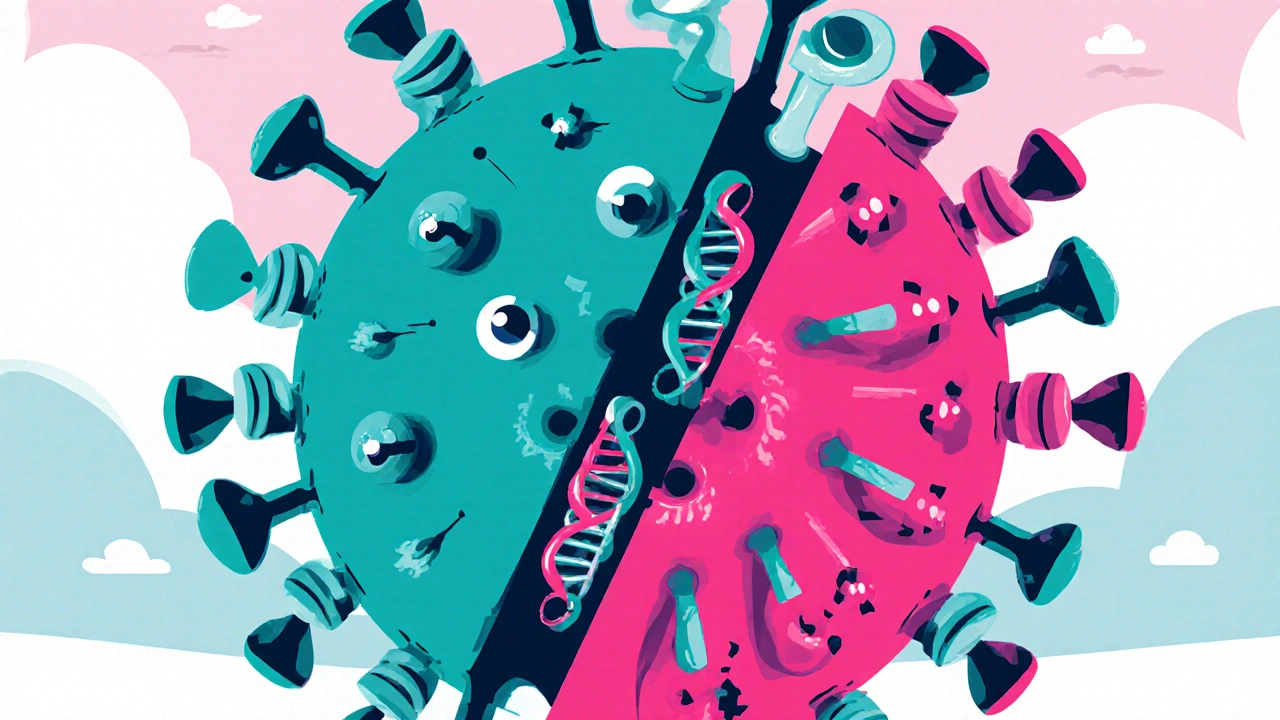
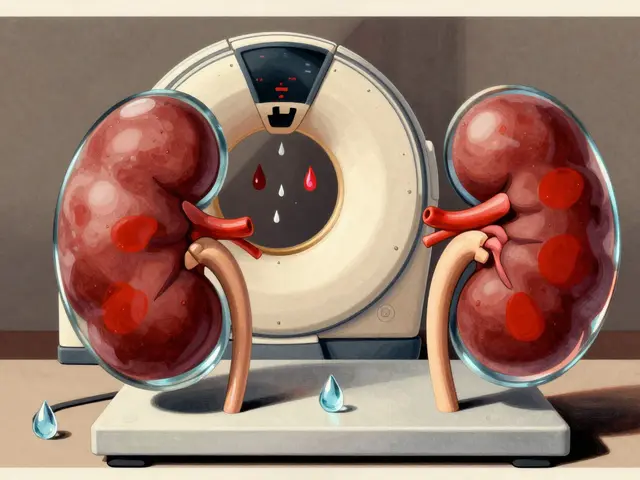
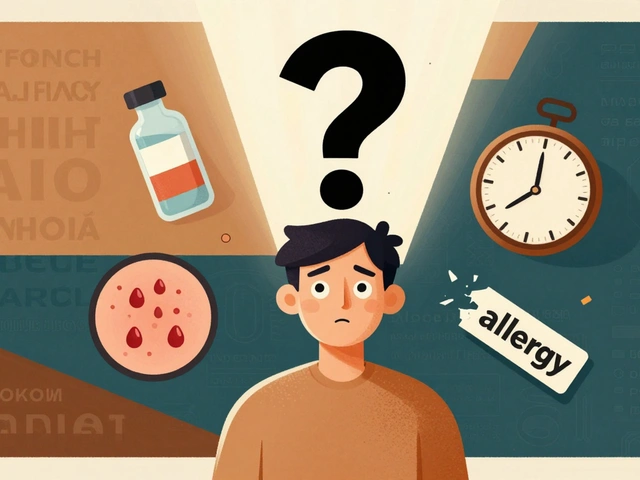
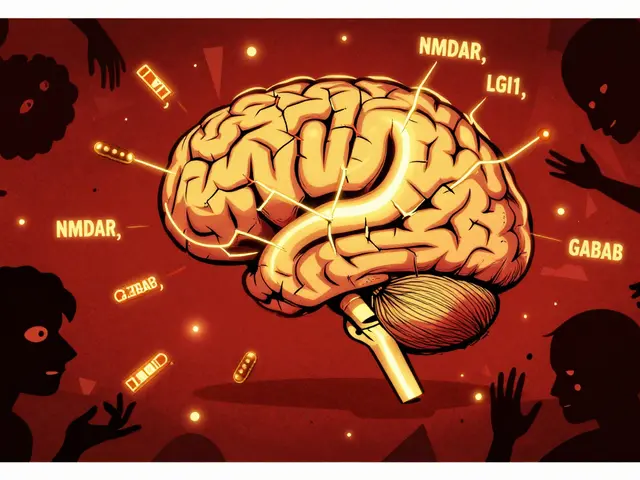


Bobby Marie
October 19, 2025 AT 13:06Seeing all this hype about mRNA flu shots makes me think about the real impact on low‑income countries like ours in South Africa. The cost and cold‑chain requirements could widen the health gap even more.
Christopher Burczyk
October 26, 2025 AT 10:46While the enthusiasm for novel platforms is understandable, the data supporting their superiority remain preliminary. Traditional egg‑based vaccines, despite their drawbacks, have a well‑established safety profile. One must be cautious before discarding decades of empirical evidence. A balanced approach, integrating proven methods with incremental innovations, would be more prudent.
Nicole Boyle
November 2, 2025 AT 09:26The shift toward mRNA and nanoparticle platforms introduces fascinating immunogenicity mechanisms, such as antigen presentation via MHC‑I cross‑priming. However, we should also consider the role of glycosylation patterns on HA stalk immunodominance, which can affect breadth of protection. Real‑time sequencing coupled with AI forecasts can improve strain selection, yet model interpretability remains a hurdle. Moreover, the scalability of cell‑based bioreactors offers a middle ground between speed and fidelity. Overall, a multi‑modal strategy seems scientifically sound.
Caroline Keller
November 9, 2025 AT 08:06People keep shouting about breakthroughs but forget the human cost – every missed dose is another family devastated.
dennis turcios
November 16, 2025 AT 06:46The article glosses over the fact that many of these ‘next‑gen’ vaccines haven’t passed Phase III yet. Without robust efficacy data, we’re essentially gambling with public health budgets. Skepticism is healthy, especially when the hype outpaces the science.
Felix Chan
November 23, 2025 AT 05:26Exciting times ahead – let’s hope the new shots are as easy to roll out as the flu jab!
Thokchom Imosana
November 30, 2025 AT 04:06The pandemic narrative we have been fed is a carefully orchestrated distraction from the real vectors of control. While the mainstream media celebrates mRNA as a miracle, they conveniently omit the fact that the same lipid nanoparticle platforms are being weaponized for gene drive experiments. The surveillance data streams touted by the WHO are in fact aggregated by a handful of shadowy biotech conglomerates that have vested interests in keeping the flu virus in a perpetual state of volatility. By constantly mutating the pathogen, they create a perpetual market for “next‑generation” vaccines, ensuring endless profit cycles. Moreover, the AI models predicting strain dominance are trained on proprietary datasets that are not subject to any peer review, making their forecasts nothing more than speculative propaganda. The push for universal vaccines, while sounding noble, is a Trojan horse for embedding conserved viral epitopes that could be repurposed as delivery vectors for unrelated genetic payloads. Consider the recent patents filed on HA stalk constructs that also contain encrypted code sequences – it is a clear indication that the flu platform is being co‑opted for broader bio‑surveillance. The funding surges from governments are certainly welcome, but they also come with strings attached, demanding that the research align with an undisclosed agenda. The global stockpiling strategies discussed in policy circles reveal a desire to maintain a supply chain that can be activated on short notice, which is exactly what a covert immuno‑engineering program would require. In addition, the emphasis on rapid mRNA production sidesteps the necessary safety checks that have been historically enforced on egg‑based vaccines. This accelerated pipeline creates a regulatory blind spot that could be exploited to introduce novel, untested elements into the human population. The ethical considerations are brushed aside under the banner of “pandemic preparedness,” yet the same framework could be turned against any emerging pathogen. As scientists, we must remain vigilant and demand transparency in every step, from sequence acquisition to final formulation. Without open data sharing and independent verification, the public health narrative is merely a veil for a larger, more insidious biotechnological agenda. In short, the future of flu research is not just about beating a virus – it is about who controls the tools we use to fight it.
ashanti barrett
December 7, 2025 AT 02:46I hear the concerns about secrecy, but we also have to recognize the genuine progress in vaccine speed and efficacy. Collaboration between public health agencies and independent labs can bridge trust gaps. Transparency in data pipelines will empower both scientists and the public. Let’s keep pushing for open‑access sharing while safeguarding safety.
Maridel Frey
December 14, 2025 AT 01:26For newcomers to the field, it helps to understand the distinction between antigenic drift and shift, as they drive different vaccine strategies. The recent AI‑driven forecasts have shown modest improvements over traditional methods, but they are not a substitute for thorough virological surveillance. When discussing universal vaccines, emphasizing the conserved HA stalk region provides a clear mechanistic rationale. Funding bodies should balance rapid‑response platforms with long‑term investment in broad‑spectrum candidates. By mentoring early‑career researchers on these nuances, we can ensure sustained innovation.